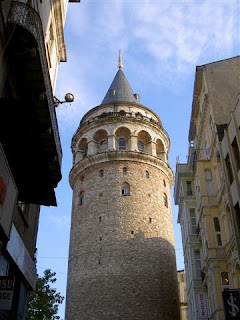Ürgüp Cappadocia

Urgup is a picturesque little town about 20km from Nevsehir and a good location from which to explore Cappadocia. The accommodation in Urgup is a little bit more up market then the backpacker’s pensions you find in Goreme and is obviously targeting the more affluent. Many of the hotels feature cave room accommodation that has been decorated to a high standard, we stayed at the Yunak Evleri Hotel (Review here) and our cave room had the luxury of having a Jacuzzi. The old part of the town is full of old stone houses that remain from when the area was a Greek settlement, often with cave rooms. Most of the larger of these have been converted for use as classy pensions or hotels. Look out for the beautiful stone carvings and architectural features on some of the grander buildings that feature beautiful gated courtyards’ and decorations around arched doors and windows. The town centre is small but functional with easy access to everything you need, bus station, bank, restaurants, pharmacy, ...





